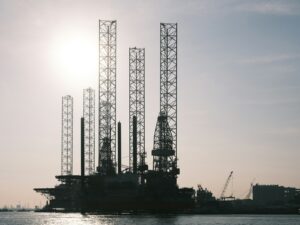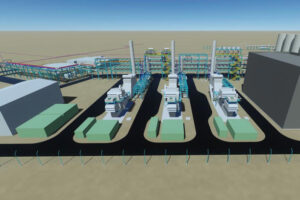Four things you didn’t know were powered by renewable energy
The innovative use of renewable energy continues to make headlines; most recently with the completed round-the-world flight of Solar Impulse, a plane powered completely by solar energy. Upon its return to Abu Dhabi at the end of July, the pilot memorably said: ‘The future is clean. The future is you. The future is now. Let’s take it further.’
With the pressure to reduce our carbon emissions mounting as countries across the globe set ambitious climate change targets, governments and businesses are doing everything they can to be greener. Here Phil Foster from Love Energy Savings shares four innovative projects that you probably didn’t know could be powered by renewable energy.
1. A cycle path
In 2014 the Netherlands created a 70-metre path between the suburban towns of Wormerveer and Krommenie which was installed with solar panels built in.
The project, nicknamed the SolaRoad, is highly technical. It has been made using rows of crystalline silicon solar cells which have been embedded into the path’s concrete. They are then covered with a thick layer of tempered glass, treated with a non-adhesive coating, and the path itself is even slightly tilted to prevent the buildup of dust and dirt.
More than 2,000 people use this path everyday, and it is thought to produce 3,000 kWh of electricity, which is enough to power a small house for a full year. If expanded to 100 metres, as the local government plans to this year, that number could rise to three households.
The Dutch aren’t the only ones to take this kind of approach. France has followed suit by announcing ambitious plans to build 1,000 kilometres of solar roads; a German company called Solmove is considering a similar project, while American companies are currently testing the technology.
2. A nightclub
The human body expends a vast amount of energy and if we were able to harness it then we could power all sorts of things. This has been achieved in the past, with hand-cranked radios and torches, but the collective movement of dozens of people could create enough kinetic energy to power something much bigger.
In 2008, a company called Energy Floors opened up the world’s first sustainable dance club (pictured above). Using its specially designed floors, every step, whether it’s walking or dancing, generates electricity which is then used to power the LED lightbulbs throughout Club WATT in Rotterdam.
The effects of the scheme have been outstanding. Thanks to the club’s efforts, the city was able to meet its target of cutting carbon dioxide emissions by 50% before the year 2025. Through the scheme, several sustainable initiatives have been put in place such as flushing toilets with rainwater, and the club has cut its water consumption by 50%, while also reducing its carbon dioxide and waste output by the same amount.
3. A chocolate factory
The food we eat gets digested and broken down into energy and other by-products. What a Nestle factory in Fawdon, Newcastle-Upon-Tyne did was take the concept of anaerobic digestion, the natural process of biodegradable material being broken down by bacteria, and use it to produce clean water and renewable energy.
Using waste sugar, chocolate and sweets that are not suitable for sale, which are broken down by bacteria in an airtight tank, the Nestle factory produces a renewable source of energy called biogas. Comprised mostly of carbon dioxide and methane, the biogas actually helps to provide 10% of the factory’s energy requirements.
The new scheme doesn’t just help with generating cleaner energy for the factory to use; it also helps to clean up the waste that they produce. A big problem that factories face is trying to avoid pumping out huge amounts of contaminated and polluted water, which can then find its way back into our rivers and reservoirs. Thanks to the new system put in place, the water that is produced as a by-product is now virtually completely clean.
4. An entire small country
It’s impressive enough when a house or a whole building manages to source at least a percentage of their energy from renewable sources, and it’s the standard that many people now aim for. But the country of Costa Rica has set the bar even higher. Between January 1 and December 17 in 2015, Costa Rica ran entirely on renewable energy. That’s 350 days without relying on fossil fuels for electricity.
The vast majority of Costa Rica’s energy comes from hydropower, thanks to its four major dams, abundant rainfall and huge river systems. A decent amount of the country’s energy also comes from geothermal projects that utilise a number of active volcanoes, along with biomass, wind and solar power.
Photo by Enviu 















